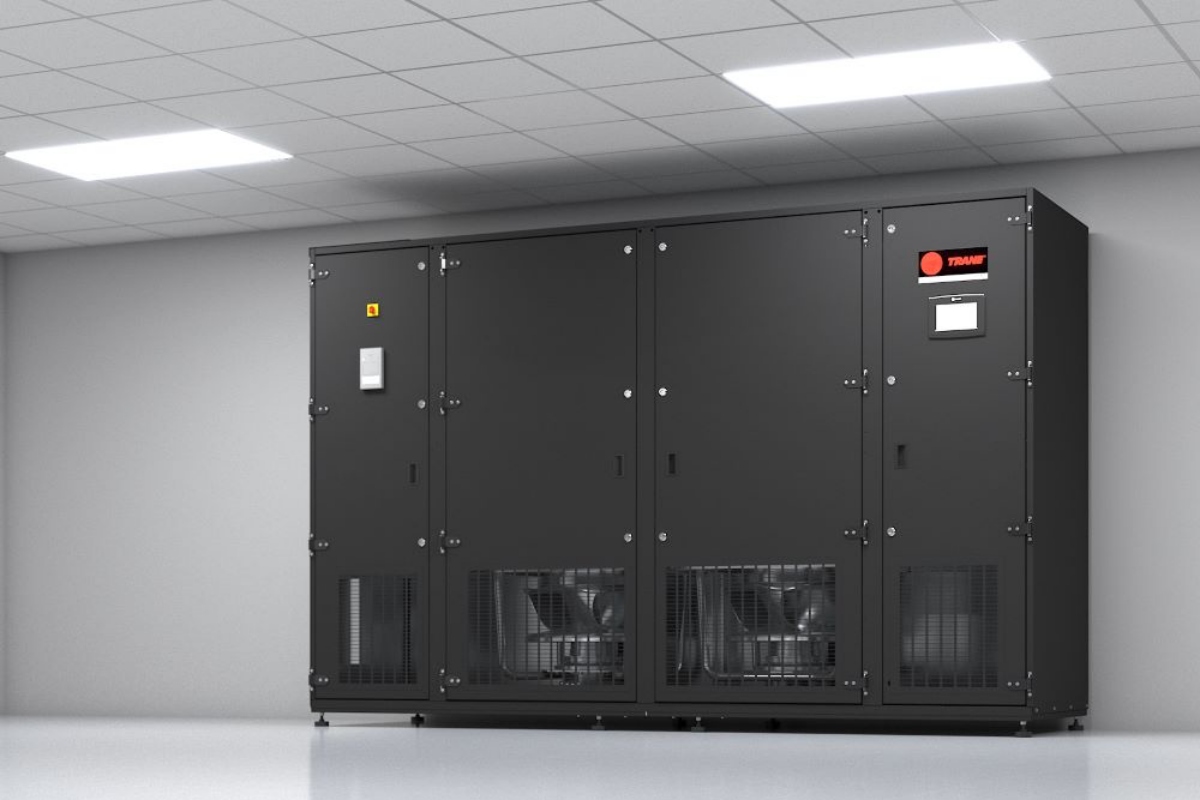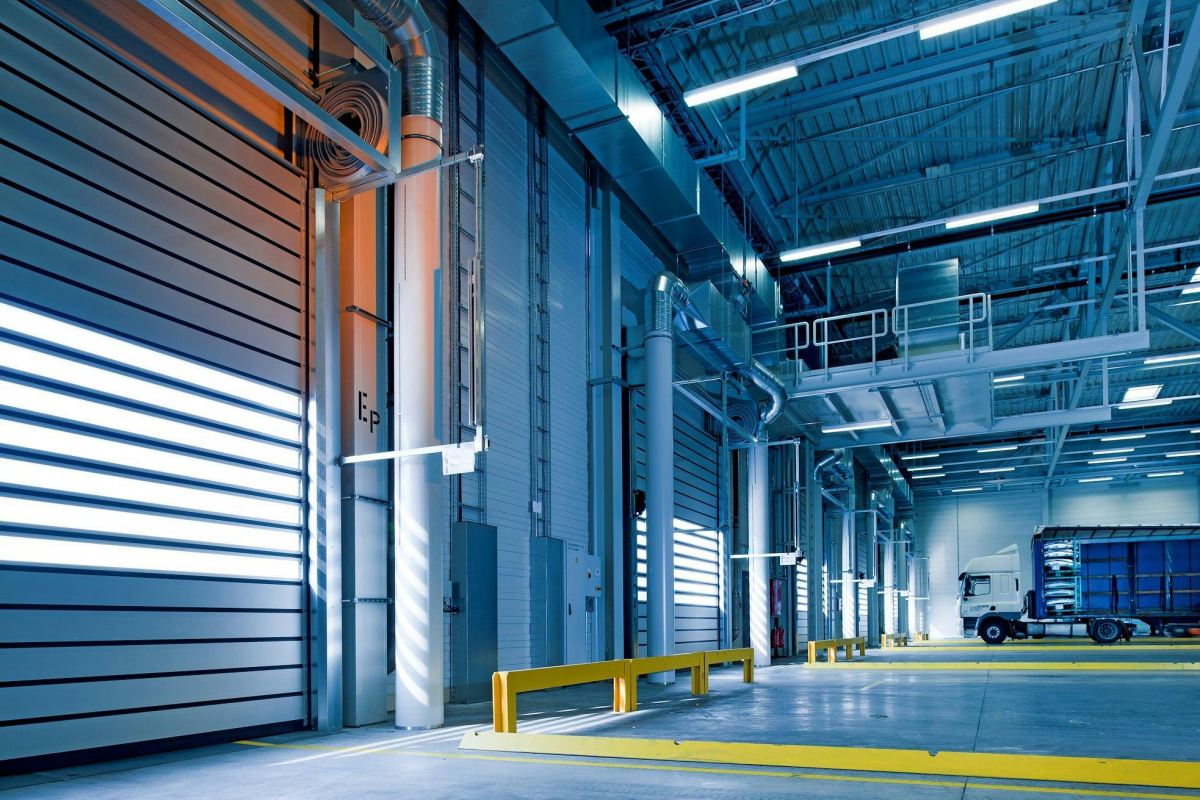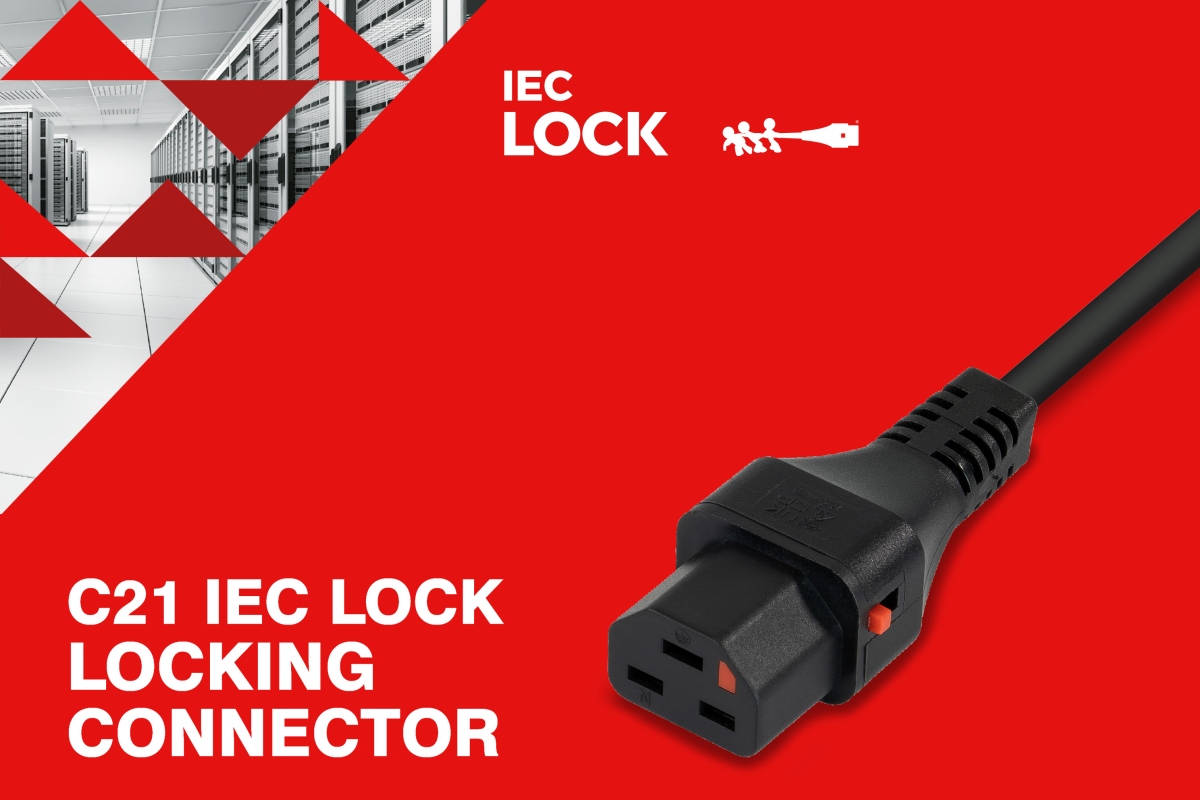Data Centre Infrastructure News & Trends
Data Centre Infrastructure News & Trends
Enterprise Network Infrastructure: Design, Performance & Security
News
Scalable Network Attached Solutions for Modern Infrastructure
GNM completes 400G infrastructure upgrade in Sofia
Data Centre Infrastructure News & Trends
Data Centres
Innovations in Data Center Power and Cooling Solutions
Products
Trane adds CRAH units to DC cooling portfolio
Data Centre Infrastructure News & Trends
Data Centres
Innovations in Data Center Power and Cooling Solutions
BSRIA first UKAS-accredited provider for BTS 4/2024
Data Centre Build News & Insights
Data Centre Infrastructure News & Trends
Data Centre Projects: Infrastructure Builds, Innovations & Updates
Innovations in Data Center Power and Cooling Solutions
Joule, Caterpillar, Wheeler to power Utah DC
Data Centre Infrastructure News & Trends
Enterprise Network Infrastructure: Design, Performance & Security
Products
Comnet releases 720W industrial PoE switch
Data Centre Infrastructure News & Trends
Enterprise Network Infrastructure: Design, Performance & Security
News
BIGLOBE selects DE-CIX for faster European connectivity
Data Centre Infrastructure News & Trends
Enterprise Network Infrastructure: Design, Performance & Security
News
Products
Riverbed launches new network observability tools
Cabling Solutions for Optimised Data Centre Performance
Data Centre Infrastructure News & Trends
Data Centres
Products
Scolmore introduces IEC Lock C21 Locking Connector
Data Centre Infrastructure News & Trends
Enterprise Network Infrastructure: Design, Performance & Security
News
AssetHUB, ITS to speed up fibre rollouts in UK cities
Data
Data Centre Infrastructure News & Trends
Enterprise Network Infrastructure: Design, Performance & Security
News
365 Data Centers, Megaport grow partnership










